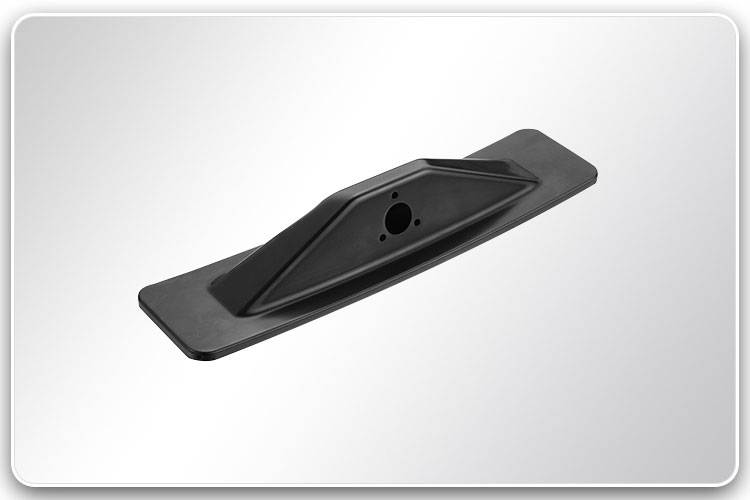Understanding the Functionality and Applications of Slot Plates
2025-01-21
Slot plates are a versatile and indispensable component in various industries, particularly in manufacturing, construction, and machinery assembly. These plates feature precisely cut slots or grooves that allow for flexibility in positioning, mounting, and securing objects. In this blog, we’ll explore what slot plates are, how they work, and the various applications where they play a crucial role.
What is a Slot Plate?
A slot plate is typically a flat, rigid sheet made from materials such as steel, aluminum, or other durable metals. It is characterized by its evenly spaced slots or grooves, which can be used for adjustable mounting, alignment, or fastening purposes. The design of these slots enables users to customize configurations, making slot plates a versatile solution for applications that require precision and adaptability.
Slot plates are available in various sizes, shapes, and configurations to suit different requirements. They may also come with additional features like pre-drilled holes, surface treatments for corrosion resistance, or specific finishes to meet the demands of particular environments.
Key Features of Slot Plates
1. Adjustable Slots: The primary feature of slot plates is their slots, which allow for flexible positioning of bolts, screws, or other fasteners. This adjustability is essential for applications requiring precise alignment.
2. Durable Construction: Slot plates are built to withstand heavy loads and frequent use, making them suitable for industrial and construction environments. Materials like hardened steel or corrosion-resistant aluminum ensure longevity.
3. Customizable Configurations: Many slot plates are modular, allowing users to configure them based on specific project needs. This makes them ideal for custom setups in manufacturing and assembly lines.
4. Surface Treatments: To enhance durability and resist wear, slot plates often feature coatings like zinc plating, anodization, or powder coating.
Applications of Slot Plates
Slot plates find widespread use across multiple industries due to their versatility and reliability. Some common applications include:
1. Industrial Machinery: Slot plates are often used as base plates for machines or as part of assembly fixtures. The slots allow for precise positioning of machine components, ensuring accurate operation.
2. Construction: In construction projects, slot plates are utilized for structural connections, reinforcing beams, or creating adjustable mounting points for equipment or fixtures.
3. Fabrication and Assembly Lines: Slot plates provide an excellent foundation for jigs, fixtures, and other tools used in manufacturing and assembly processes. Their flexibility allows for quick adjustments to accommodate different parts or components.
4. DIY Projects: Slot plates are also popular in DIY applications, such as custom furniture, shelving, or workbenches, where adjustability and stability are required.
5. Robotics and Automation: In robotics, slot plates serve as mounting platforms for actuators, sensors, or other components, ensuring precise alignment and secure attachment.
Advantages of Using Slot Plates
1. Flexibility: The ability to adjust positions and configurations makes slot plates a practical solution for applications requiring adaptability.
2. Ease of Installation: Slot plates simplify installation by eliminating the need for precise pre-drilling. Components can be adjusted after mounting, reducing setup time.
3. Enhanced Precision: The precision of the slots ensures accurate alignment of components, improving overall system performance.
4. Durability: Slot plates are designed to withstand high loads and harsh environments, making them a reliable choice for demanding applications.
5. Cost-Effectiveness: The reusability and adjustability of slot plates reduce the need for custom components, saving time and money.
Slot plates are an essential component in many industries, offering unmatched flexibility, precision, and durability. Whether in industrial machinery, construction, or DIY projects, their ability to adapt to various configurations makes them a valuable asset. By understanding the functionality and applications of slot plates, you can leverage their capabilities to optimize your projects and improve efficiency.



